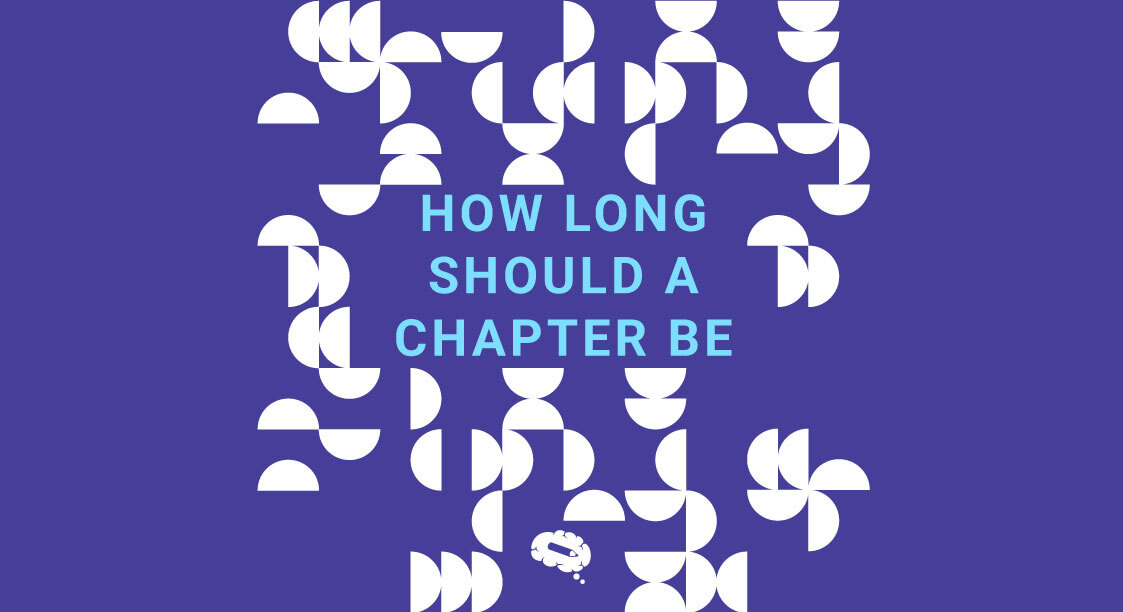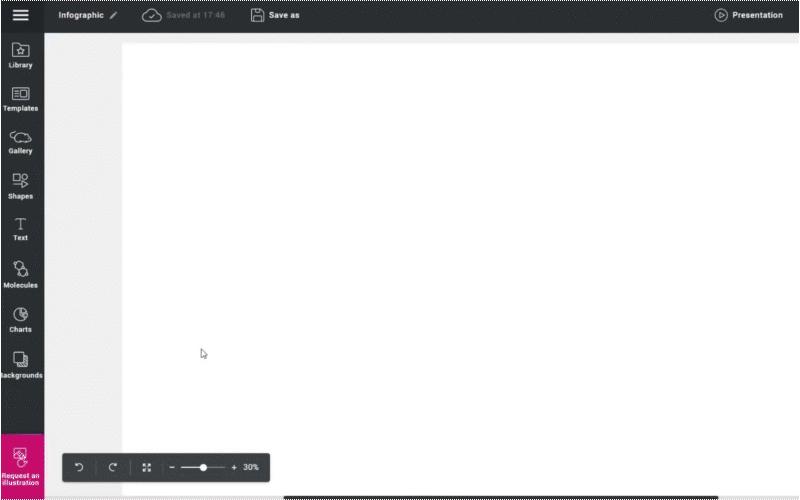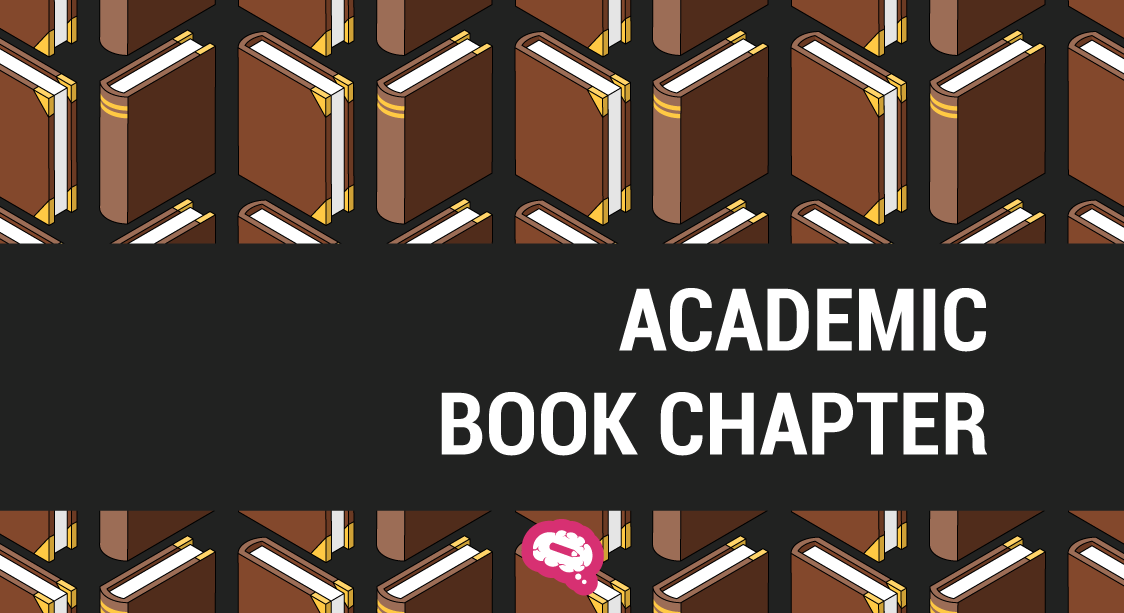Chapters, the building blocks of a story, hold the power to captivate readers and drive the narrative forward. As writers, we find ourselves pondering over a crucial question: How long should a chapter be? Is there an ideal length that ensures maximum engagement, or does it vary depending on the genre, style, or target audience?
This article aims to explore the realm of chapter length, examining the factors that influence it and the impact it has on the reader’s experience.
What is a Chapter?
In a larger work, such as a book or a novel, a chapter serves as a structural unit. It allows for organization and pace by breaking the narrative into different sections. A chapter often consists of a number of interconnected scenes or events that advance the plot in some way.
Depending on the purpose of the author and the genre of the work, chapters can be anywhere from a few paragraphs to several pages or even more. A faster pace and a sense of urgency are sometimes created by shorter chapters, which keeps readers interested. On the other hand, larger chapters enable a more slow, immersive reading experience by allowing for a more thorough examination of the characters, surroundings, and plot developments.
When an important event, a change in setting, or a change in perspective is about to come to an end, for example, a chapter break can naturally arise at these crucial moments. They can also be strategically placed to build suspense, leaving readers eager to turn the page and uncover what happens next.
In addition to organizing the narrative, chapters can serve various functions within a story. They can introduce new characters, develop subplots, provide backstories, create cliffhangers, or offer thematic shifts. Each chapter contributes to the overall structure and flow of the story, working together to create a cohesive and compelling reading experience.
Chapters in Research or Thesis
In addition to their role in works of fiction, chapters also play a significant role in research papers and theses. In the context of academic writing, chapters serve as distinct sections that organize and present the research in a logical and cohesive manner. This division allows for a clear structure throughout the research process and facilitates comprehension.
A common format for chapters in studies includes an introduction, literature review, methodology, results, discussion, and conclusion. Readers can follow the study progression and comprehend the significance of each component since these chapters allow researchers to convey their findings in a methodical and ordered manner.
Moreover, chapters in research articles or theses give researchers the chance to go deeper into particular topics, present supporting data, and critically evaluate the findings.
Just like in fiction, chapter breaks in research papers or theses serve as logical transitions between different aspects of the study. They mark the end of one section and the beginning of another, providing readers with natural points to pause, reflect, and assimilate the information before proceeding further.
Purpose of Chapters
The purpose of chapters in a book or novel, whether fiction or nonfiction, can be summarized as follows:
- Organization and Structure: Chapters provide a framework for organizing the content of a book. They divide the narrative or subject matter into manageable sections, allowing readers to navigate the material more easily. Chapters help establish a logical flow, enabling the author to present information or tell a story in a structured manner. Additionally, chapters have a crucial role in organizing complex content in nonfiction work. They enable authors to systematically present concepts, theories, or research results. Each chapter may concentrate on a different subtopic, offering a methodical way to comprehend the material.
- Pacing and Narrative Flow: A book’s overall pace and narrative flow are influenced by its chapters. They produce natural breaks in the narrative or theme that give readers a chance to reflect and look ahead. The reading experience can be improved by strategically placing chapter breaks to create suspense or tension or provide moments of resolution.
- Reader Engagement: Chapters are essential for retaining readers’ attention. They both offer readers helpful chances to pause and take breaks and motivate them to keep reading. Authors may control the length and depth of every section by breaking the content up into chapters, which keeps readers engaged and invested.
- Transition and Cohesion: Chapters make it easier for readers to transition between various aspects of the story or the subject matter. They facilitate effortless transitions between scenes, events, or ideas by bridging gaps in time, space, or perspective. The book’s chapters help to make it cohesive overall, resulting in a smooth reading experience.
How Long Should a Chapter Be: Factors to Consider
| Title | # of Chapters | Total Word Count |
|---|---|---|
| The Call of the Wild | 7 | 37,058 |
| The Great Gatsby | 9 | 47,094 |
| Harry Potter and the Sorcerer’s Stone | 17 | 77,508 |
| The Fault in Our Stars | 25 | 65,752 |
| Twilight | 26 | 118,975 |
| Hunger Games | 27 | 99,750 |
| To Kill a Mockingbird | 31 | 101,193 |
| Ready Player One | 39 | 136,048 |
| Holes | 50 | 47,079 |
| Maze Runner | 62 | 101,182 |
| A Game of Thrones | 73 | 295,816 |
| The Name of the Wind | 94 | 255,986 |
When determining the length of chapters in your book, several factors come into play. These factors include:
Genre
The genre of your book plays a significant role in determining the appropriate chapter length. Different genres have their own conventions and reader expectations. For instance, shorter chapters are common in thriller and suspense books to preserve the book’s fast-paced, page-turning rhythm. However, larger chapters may be used in epic fantasy or literary fiction to allow for more complex world-building or in-depth character development. When choosing the length of your chapters, take into account the conventions of the genre as well as the effect you hope to produce.
Pacing
Pacing is another crucial factor in determining chapter length. Shorter chapters with quick, concise scenes can create a sense of urgency and a rapid narrative pace. This can be effective for action-packed scenes or when you want to keep readers on the edge of their seats. Conversely, longer chapters with more extensive scenes and descriptive passages can slow down the pace, allowing for deeper exploration and immersion. Consider the desired pacing of your story and adjust chapter lengths accordingly to maintain the desired rhythm.
Audience
When choosing a chapter length, it is crucial to understand your target audience. Take into consideration their expectations, attention span, and reading interests. Shorter chapters that feel more manageable and provide regular stopping points may be preferred by younger readers or those who are new to reading. Longer chapters that offer a deeper dive into the story may be appreciated by readers looking for a more engaging reading experience. To achieve the correct balance and maintain their interest throughout the book, research the audience while taking into thought their preferences.
Author’s Style
Chapter length is also influenced by your unique writing voice and style. While some authors may lean toward lengthier, more detailed chapters that allow for richer characterization and atmospheric development, others may choose shorter, punchier chapters that keep a brisk pace. Find a balance that complements your writing style and efficiently supports your story.
Using Varying Chapters Lengths
How long should a chapter be? Using varied chapter lengths throughout your writing is one strategy to consider. This technique can be used purposefully to improve the reading experience and accomplish specific storytelling goals.
Shorter chapters create a fast-paced momentum, keeping readers engaged and providing a sense of urgency. These short chapters are ideal for dramatic scenes or significant disclosures. Longer chapters, on the other hand, provide an in-depth examination of characters, circumstances, and complex plot developments. They provide a slower, more immersive reading experience that enables readers to explore the details of the story in greater detail.
The use of varying chapter lengths can assist in building suspense by strategically concluding chapters with cliffhangers or moments of anticipation, and simultaneously, presenting readers with in-depth, detailed chapters entices them to continue reading further.
By employing varying chapter lengths, you can effectively structure your narrative, highlight important moments, cater to different reader preferences, and create a dynamic reading experience that keeps readers captivated throughout your work.
So, when contemplating how long a chapter should be, embracing the strategy of using varying chapter lengths can be a valuable tool in enhancing your storytelling prowess.
Over 75,000 accurate scientific figures to boost your impact
Mind the Graph is a powerful platform that supports scientists in creating visually impactful scientific figures. With a vast library of over 75,000 accurate illustrations spanning multiple disciplines, researchers can enhance the visual representation of their work. By utilizing Mind the Graph, scientists can effectively communicate complex concepts, engage their audience, and elevate the impact of their research.

Subscribe to our newsletter
Exclusive high quality content about effective visual
communication in science.





